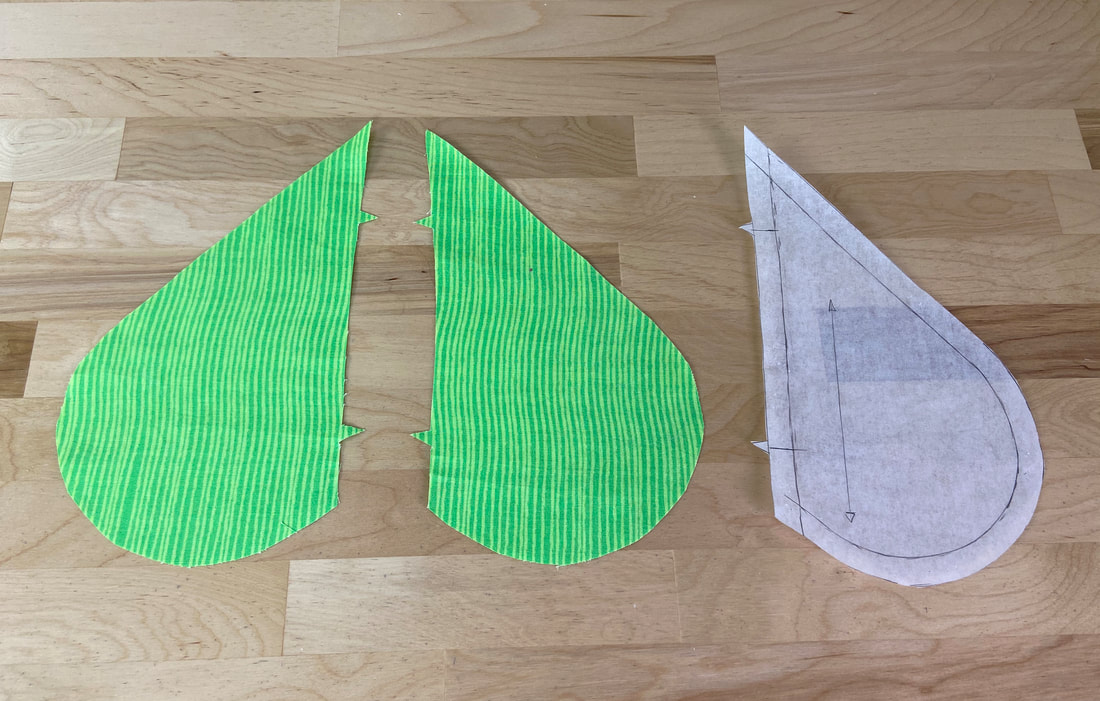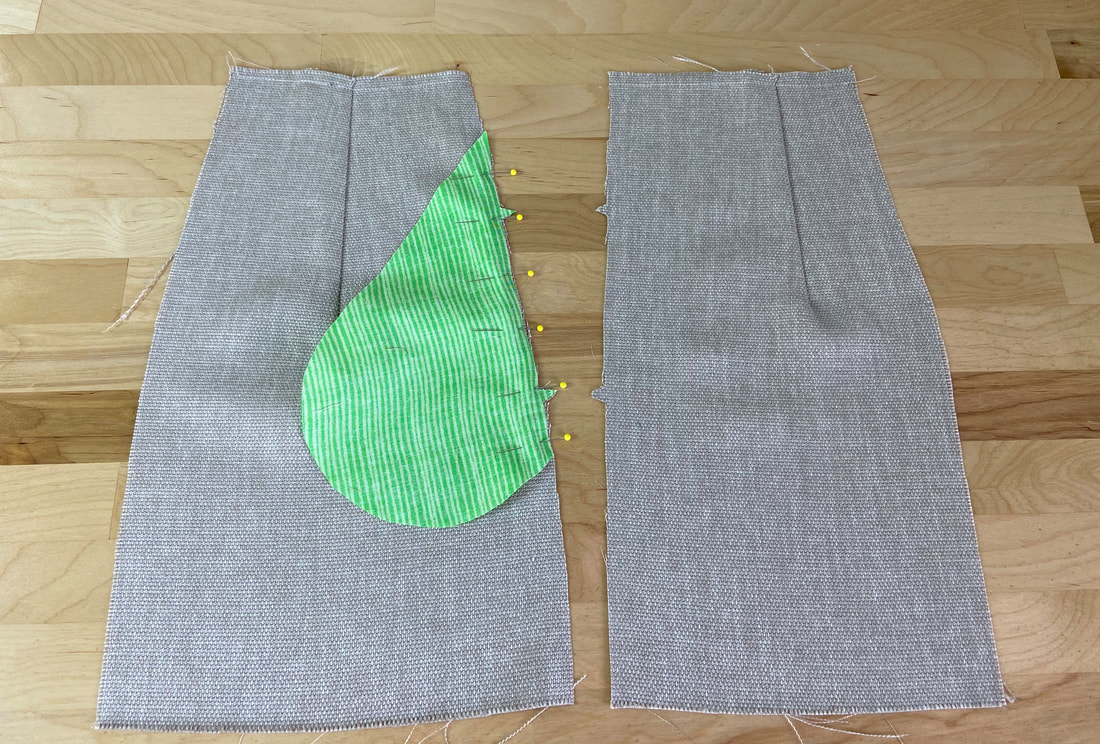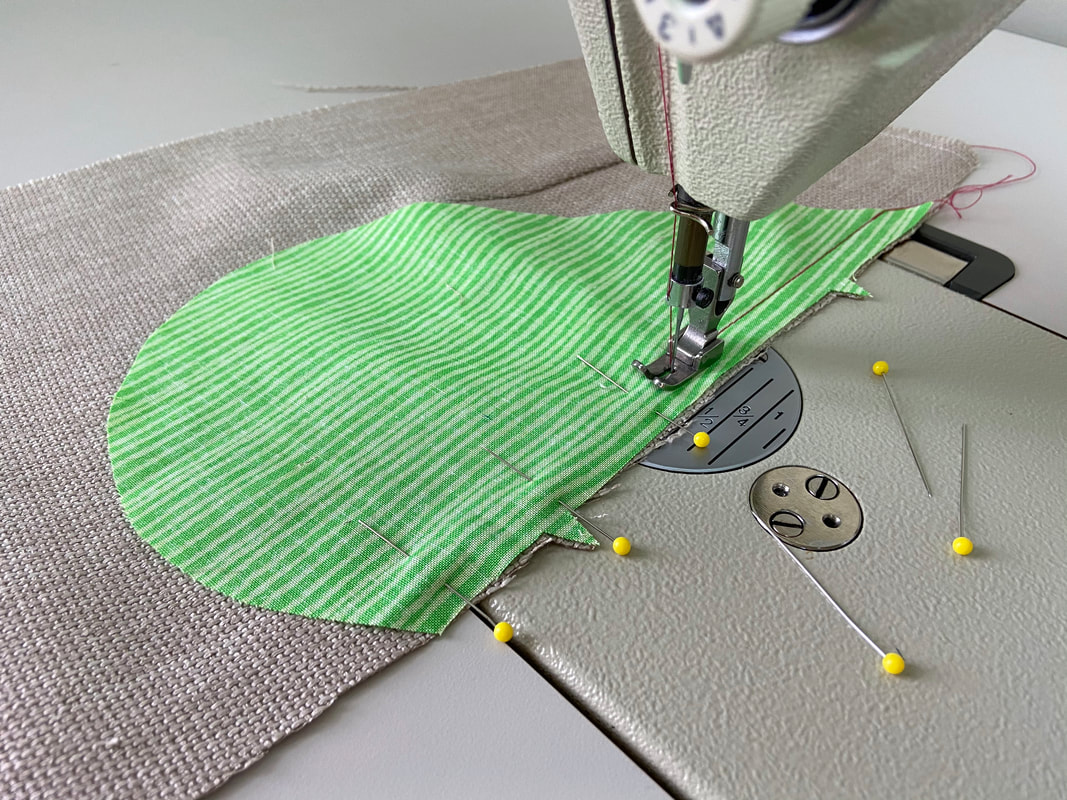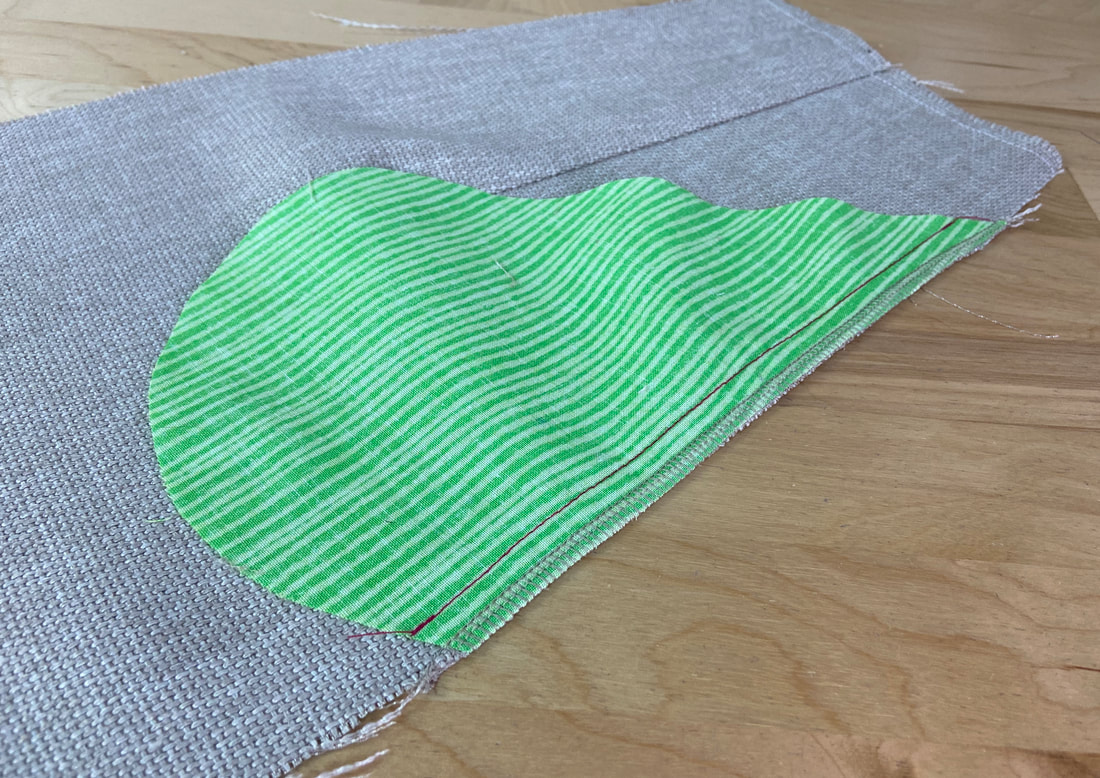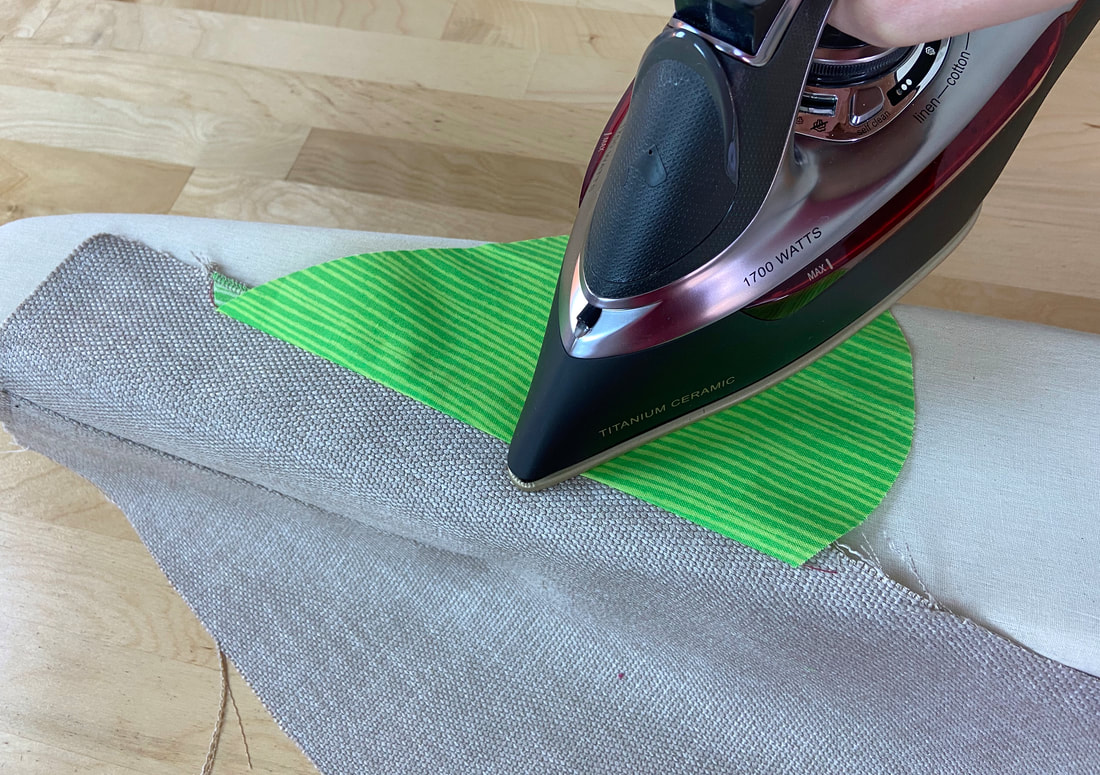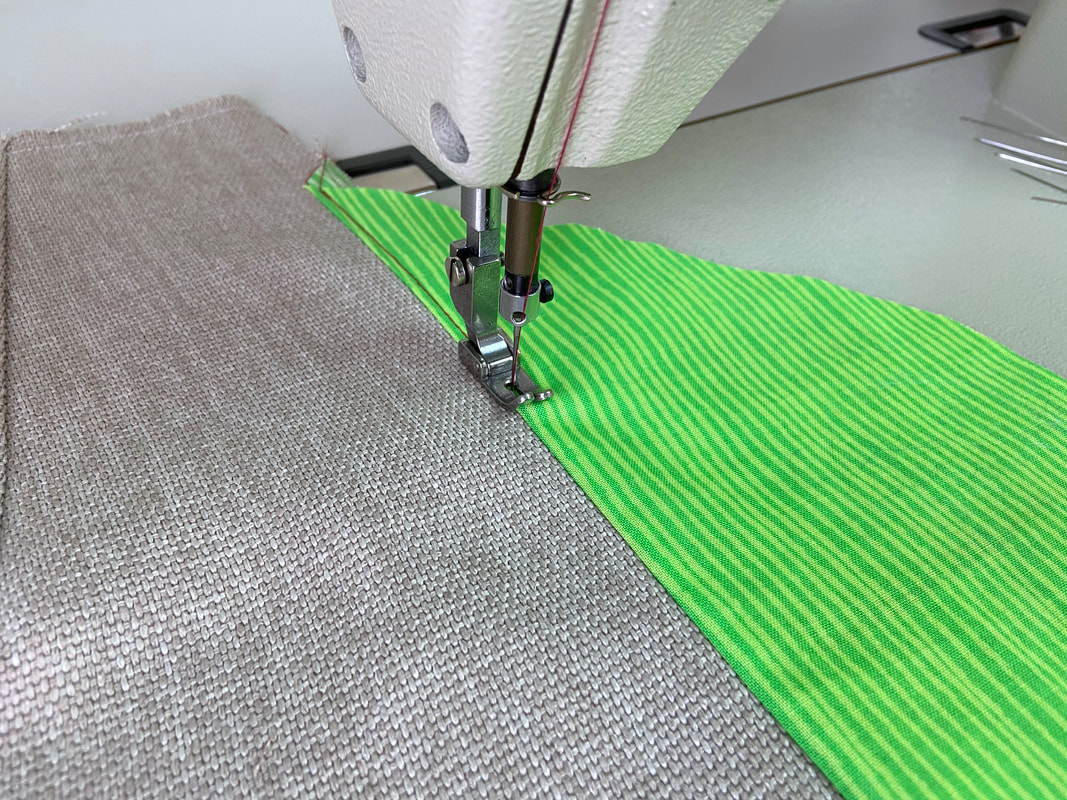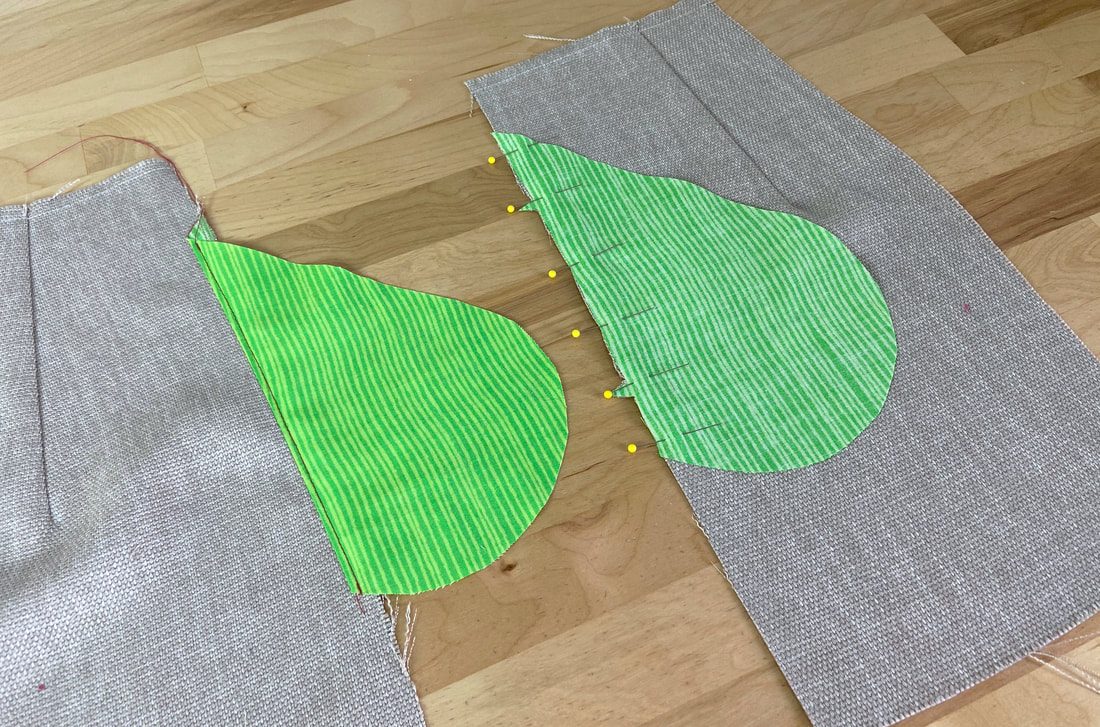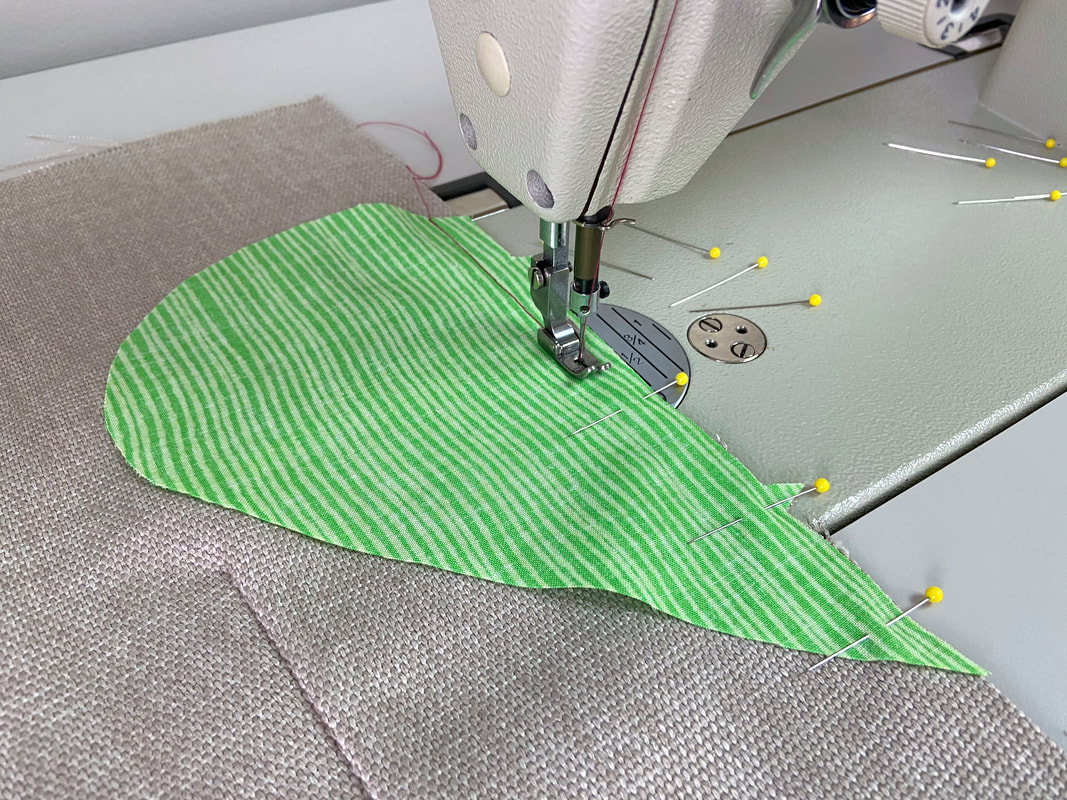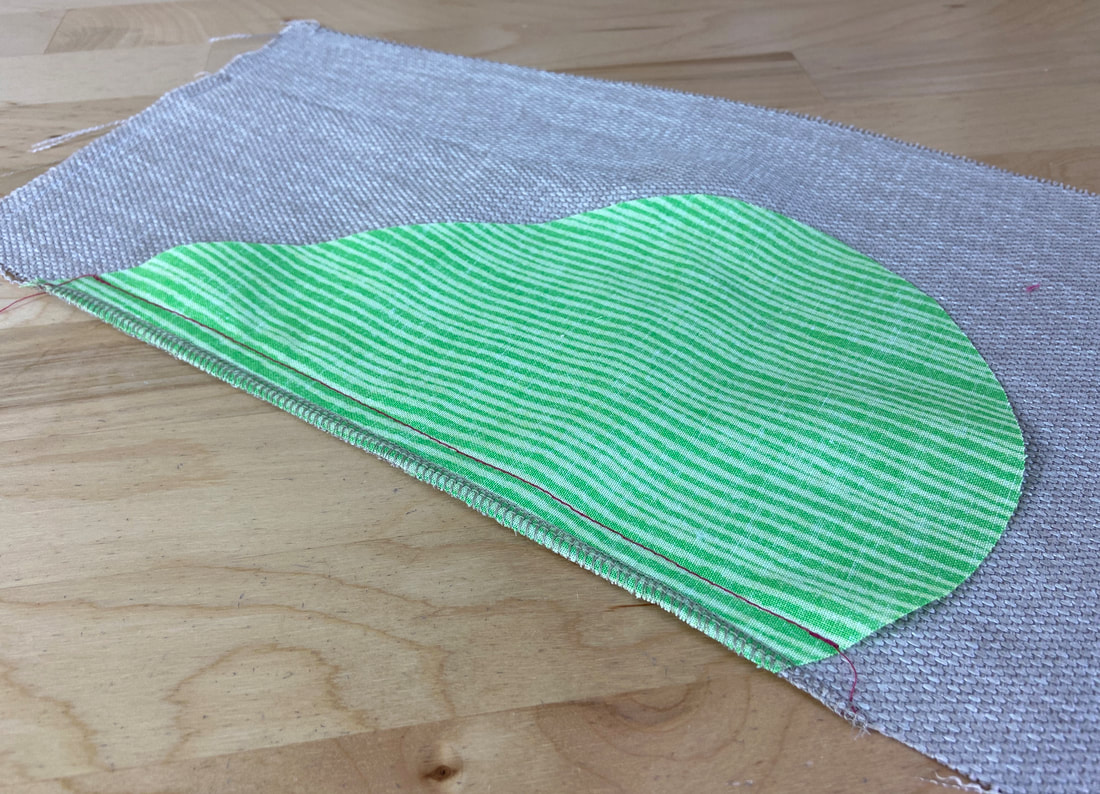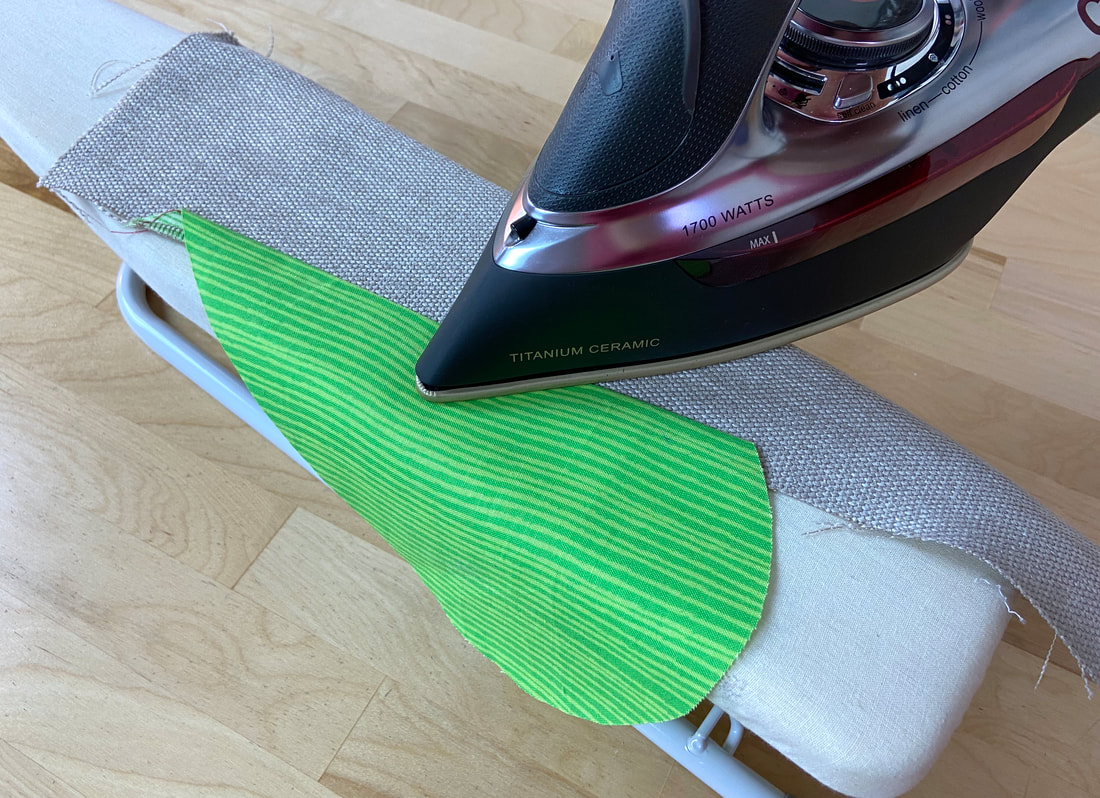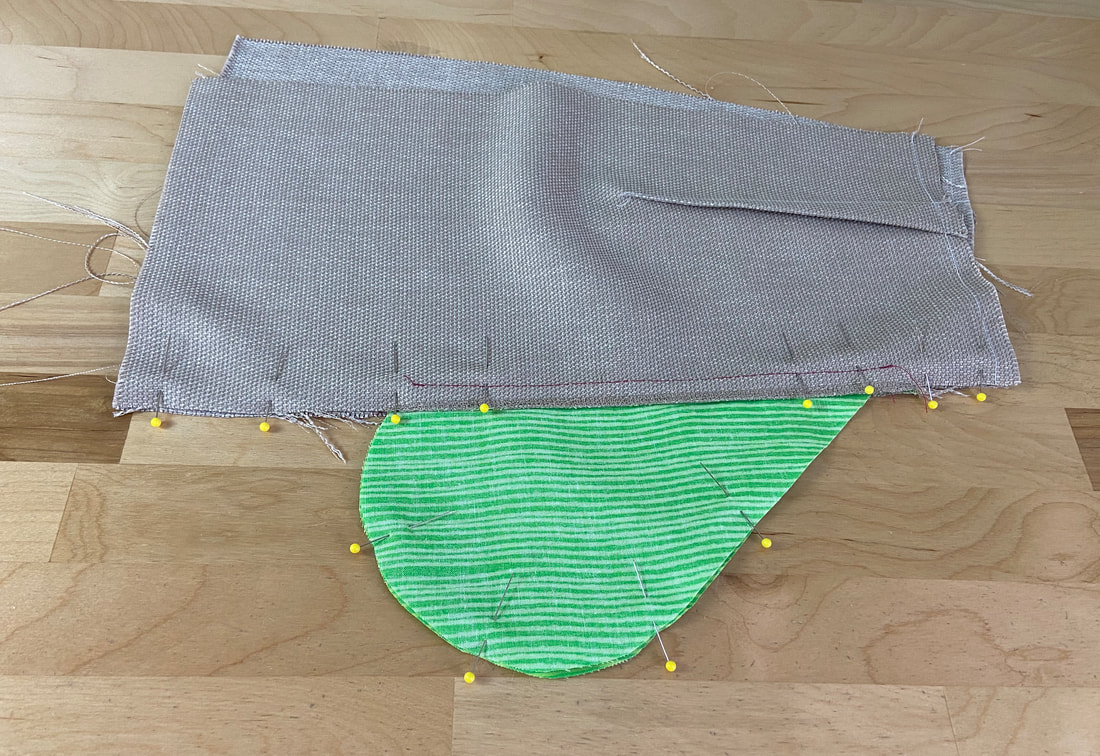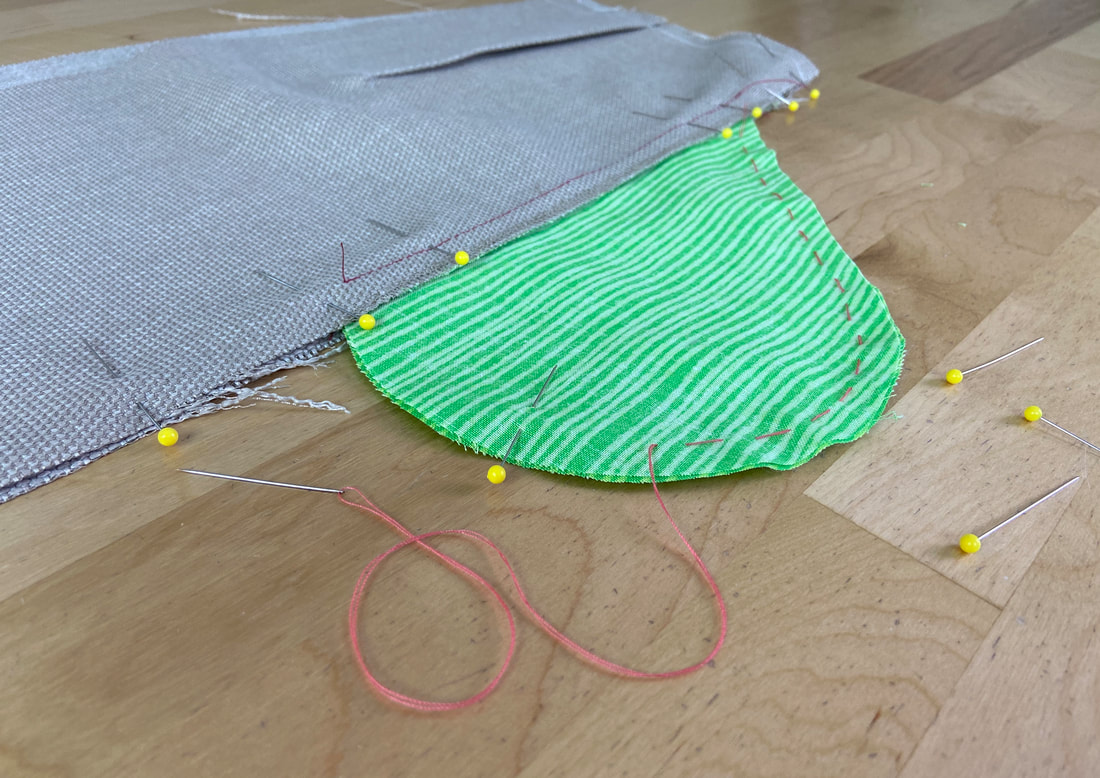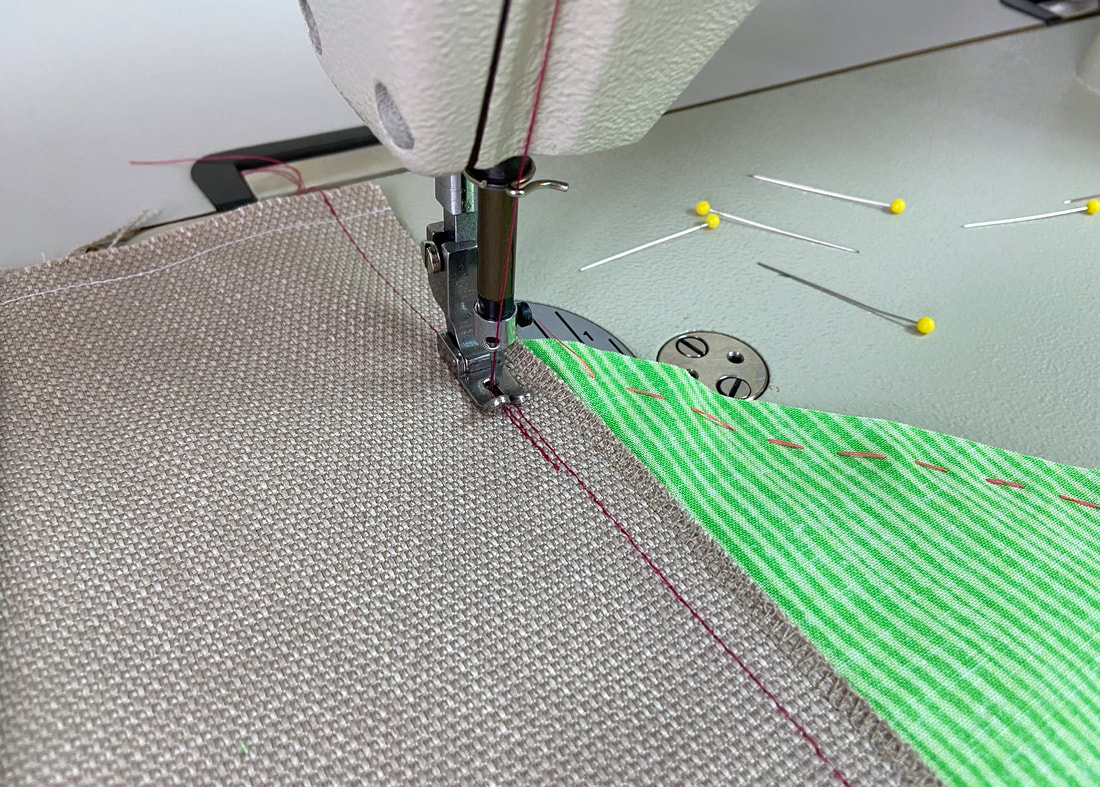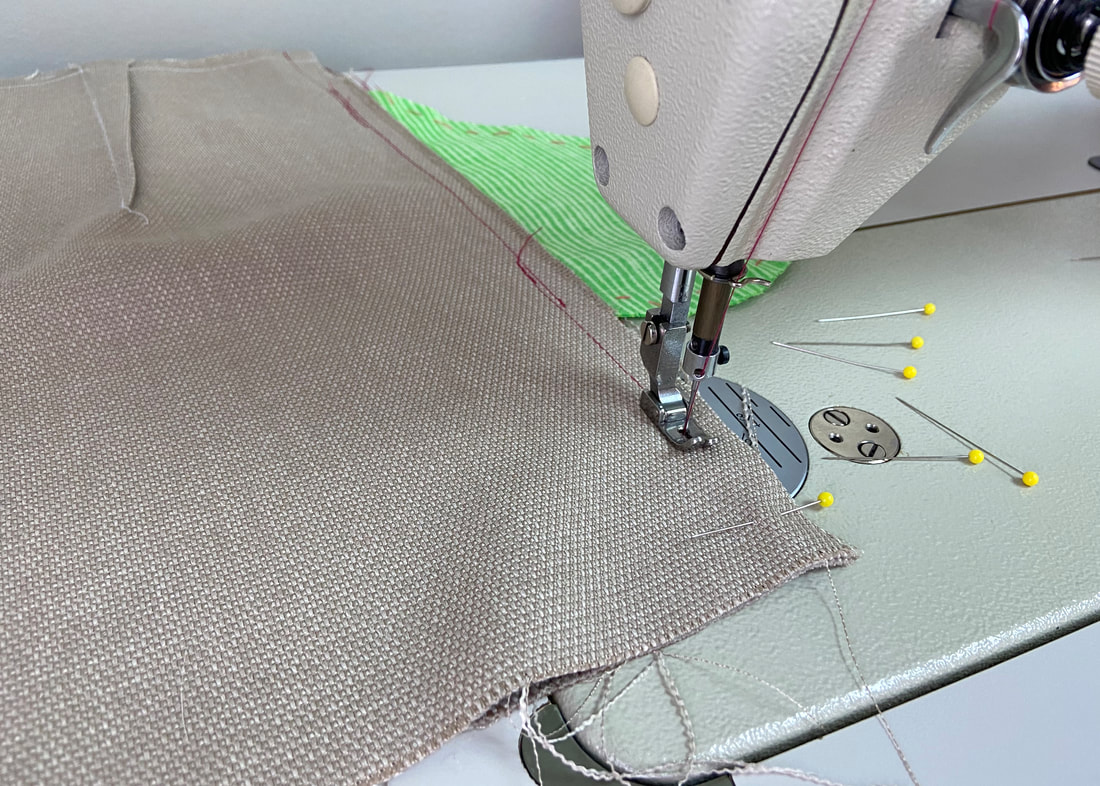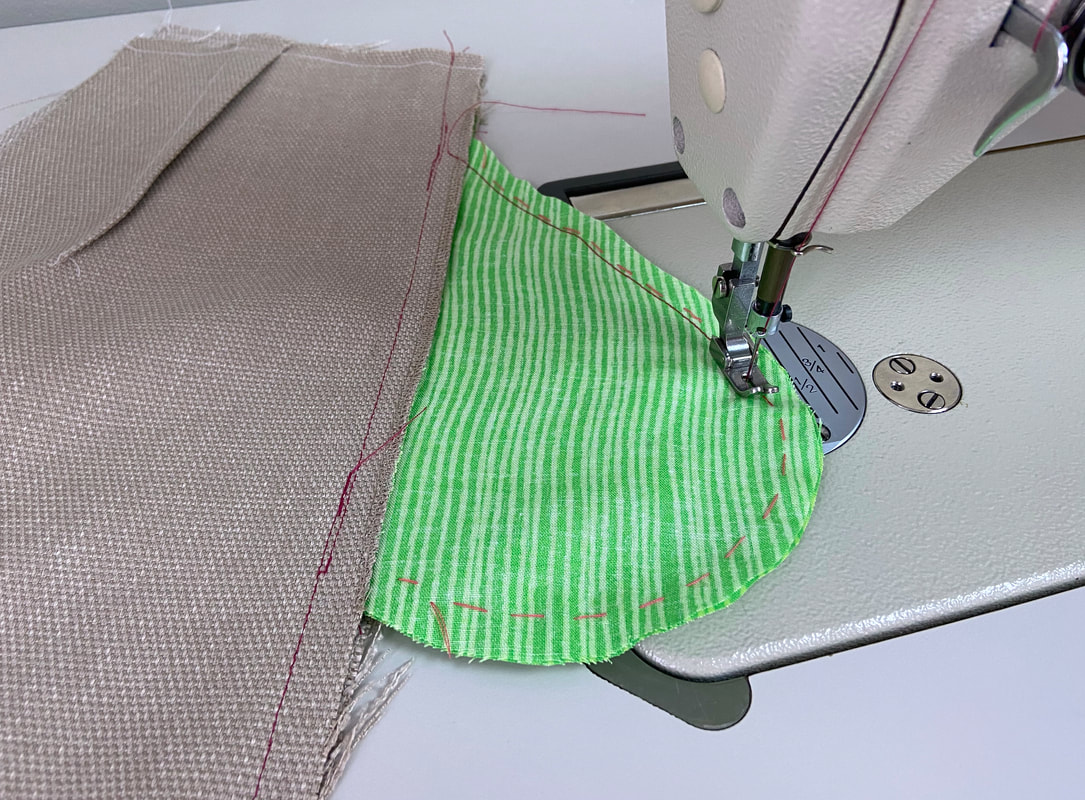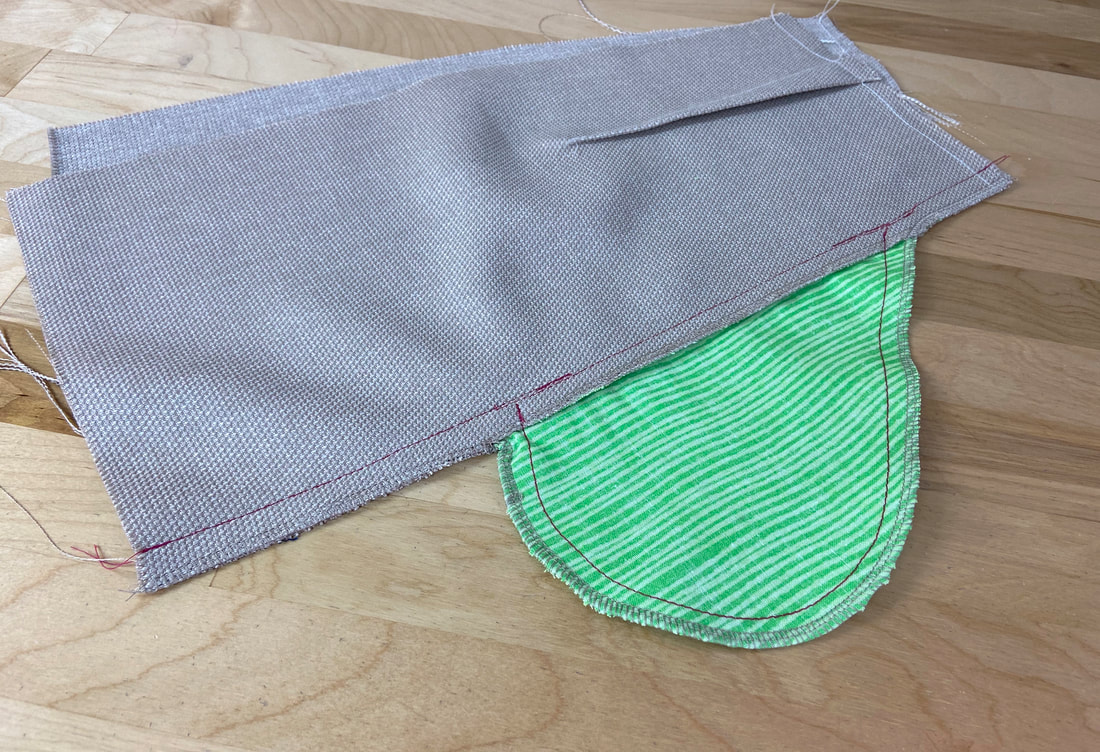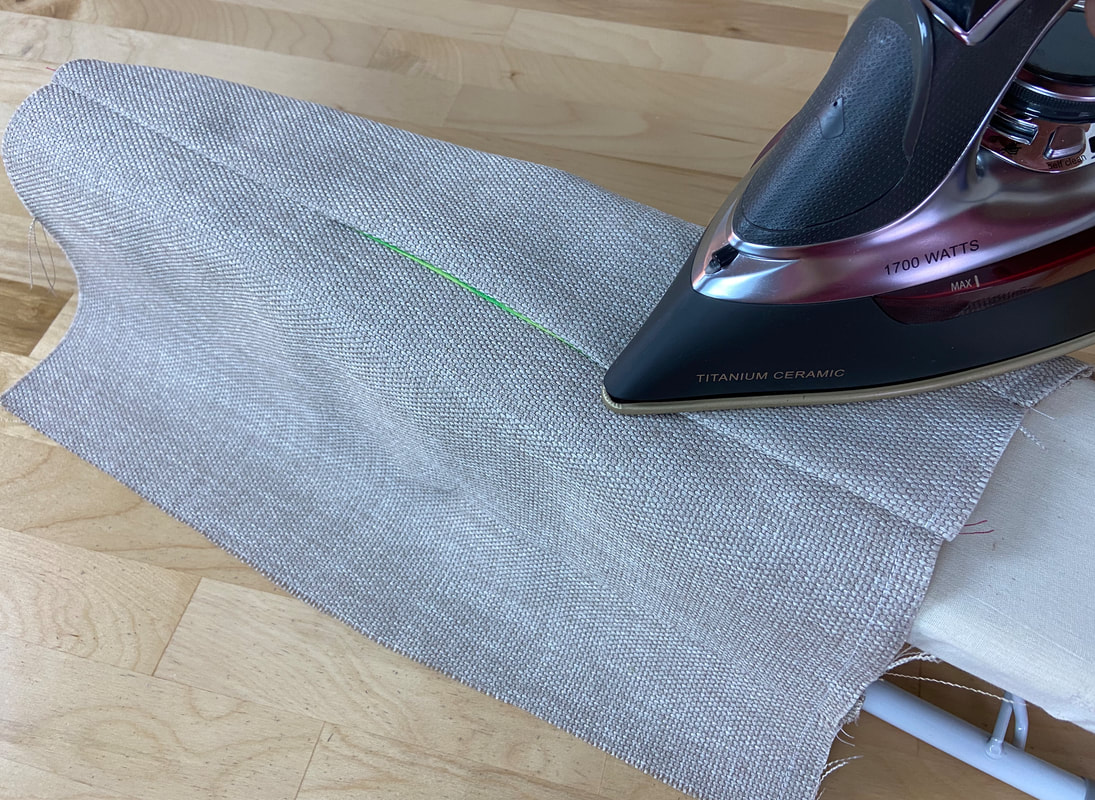Mini Tutorial: How To Sew Separate On-Seam Pockets
A separate on-seam pocket is a conventional on-seam pocket application that is constructed of two separate pieces comprising the pocket bag. These pocket pieces, usually one for the front and a second for the back, are cut separately and stitched to each corresponding seam edge.
1. Start by cutting the two pocket pieces that make up the pocket bag. One pocket piece corresponds to the front seam edge while the other, the back.
The pocket sewing patterns should be provided in your pattern set and marked with notches matching those on the garment seam edges housing the pocket. Conventionally, there should be a notch at each pocket opening corner. These notches provide much needed guidance as to where the stitch should start and stop to form the pocket opening.
The pocket sewing patterns should be provided in your pattern set and marked with notches matching those on the garment seam edges housing the pocket. Conventionally, there should be a notch at each pocket opening corner. These notches provide much needed guidance as to where the stitch should start and stop to form the pocket opening.
2. Align the front pocket layer to the garment's front seam edge with fabric face sides touching. Match all corresponding notches and insert pins perpendicular to the edges to secure the layers together.
3. Machine-stitch the pocket piece to the seam edge at the designated seam allowance - 1/2" in this example. Remove each pin as you approach it - you should never stitch directly on top of the pins.
4. To clean-finish the seam allowance edges, apply an overedge stitch, like serging or zigzag, along the pocket length only.
5. Iron the seam with the pocket layer and all seam allowances pointing away from the garment (toward the pocket layer).
6. Stitch the pocket piece and all seam allowance layers (underneath) next to the seamline. This is called understitching and will keep the pocket bag facing inward, preventing it from rolling toward the outside of the finished pocket.
7. Next, align the second pocket piece to the garment's back seam edge with face sides touching. Insert pins perpendicularly to secure.
8. Machine-stitch the back pocket piece at the 1/2" seam allowance, or whatever your designated seam allowance is.
9. Again, clean-finish the seam allowance along the pocket portion with a zigzag or serging stitch, and iron the pocket layer away from the garment as shown.
10. Align the front and back seam edges with face sides touching such that the pocket bag and the rest of the top and bottom seam edges align. Insert pins perpendicularly along all matching edges, including the pocket bag. No pins are needed at the pocket opening.
11. For added stability in the machine-stitching process, it helps to hand baste the pocket bag layers together as pictured above.
12. Starting at the top, stitch the seam until you arrive at the top pocket corner mark (top notch). Backstitch at the end of the stitch to reinforce the pocket opening's upper portion.
13. Starting at the bottom pocket notch (which marks the bottom pocket opening corner), backstitch, then stitch down to the garment's hem to complete the seam.
14. To complete the pocket bag, stitch along its curved outer edge, applying the stitch smoothly and evenly along its curved-most portion. You'll find that hand basting plays an important role in providing comfort and stability during this process.
Start and end the pocket bag stitch into the seam allowance layers.
Start and end the pocket bag stitch into the seam allowance layers.
15. Clean-finish the seam and pocket bag raw edges using the technique of your choice. In this case, the raw edges are encased with a serging stitch.
16. Last but not least, complete the on-seam pocket by ironing the seam allowance and pocket bag toward the front of the garment. You'll find it easiest to iron from the seam's face side as this provides increased comfort and control.

